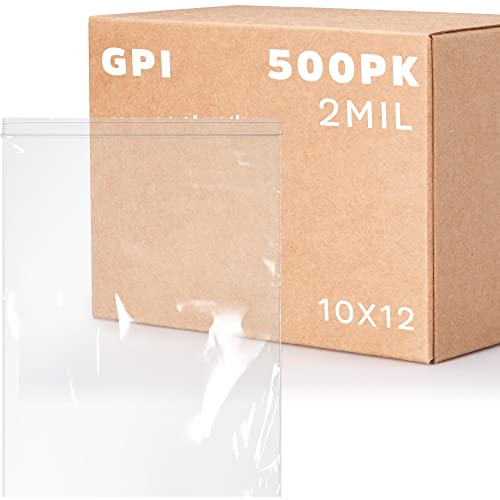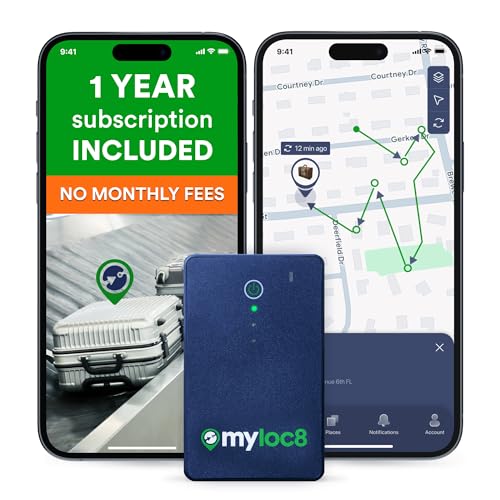



Both pain relievers can be carried in your personal items on flights. However, specific limits on quantities and packaging must be adhered to. Ensure that these medications are stored in their original containers with clear labeling to avoid any complications during security checks.
It is advisable to keep these substances in a zip-lock bag, which facilitates inspection and complies with stipulations regarding liquids and gels if you are traveling internationally. While solid forms are typically permitted, understanding the regulations of your specific departure or arrival airport will help ensure a smooth passage.
Consult airline policies and local laws at your destination regarding the possession of such medications. In some regions, certain combinations or dosages may fall under additional scrutiny. Carry documentation, such as a prescription, especially if traveling with larger quantities, as this may simplify interactions with security personnel.
Provisions for Carrying Pain Relief Medications
Non-prescription analgesics are generally permissible in cabin storage, provided they comply with specific regulations. Ensure that packaging remains intact and retains original labeling for identification.
Quantity restrictions may apply. Typically, small amounts intended for personal use are acceptable. Standard guidelines suggest keeping total liquid volume below 100 ml per container and all liquids within a single, transparent, resealable bag not exceeding 1 liter in total.
Confirmation of particular airline policies and departure country regulations is advisable, as these can vary significantly. Always check the specific guidelines of the airport to avoid any issues.
For international travel, customs regulations may also influence what can be transported; create a checklist of requirements for the destination. Documentation, such as a doctor’s note, might be favorable if travelling with large quantities or specific medications.
Carry essential medications in a separate compartment for easy access during security checks. Storing them distinctly can streamline inspections and minimize delays.
Understanding Airline Regulations on Medications

Before traveling, familiarize yourself with the regulations regarding medications. Most airlines allow passengers to carry over-the-counter pain relief products, provided they comply with specific guidelines.
Quantity and Packaging
Keep a reasonable amount for personal use. Typically, two packages of each medication are deemed acceptable. Ensure that items remain in original packaging with clear labels for identification.
Documentation and Precautions

It’s advisable to have a doctor’s note or prescription, especially for higher quantities or if traveling internationally. Some countries have restrictions on certain substances, so research local regulations prior to departure.
Store medications in an easily accessible location within the carry-on to facilitate security checks. Remember to declare any items if specifically requested by airport personnel.
Maximum Allowed Quantities for Liquid Forms
For transporting liquid medications, including syrups or suspensions, the limit is typically 100 milliliters per container. Total volume for all liquids must not exceed one liter. Containers should fit inside a resealable plastic bag, with dimensions usually around 20cm x 20cm. Each traveler is allowed one such bag.
When packing liquid pain relievers, ensure that they are clearly labeled, preferably with the original packaging intact. This practice simplifies security checks and validates the contents. Always carry a prescription or a doctor’s note if traveling with substantial quantities or specific formulations.
In certain situations, exceptions may apply, particularly for essential medications; notifying security personnel upon arrival is advisable. Additional insights on cell functions can be found in related discussions, such as which organelle is responsible for synthesizing proteins.
Tips for Carrying Pills and Tablets Securely
Always store medications in original packaging for easier identification during security checks. Carry a copy of prescriptions or a doctor’s note to clarify the necessity of certain medications, particularly for those requiring special handling.
Separation and Organization

Organize different types of tablets in separate compartments within a pill organizer to prevent confusion. Use clear plastic bags to keep items visible for screening, ensuring quick access at checkpoints.
Temperature and Environment Awareness

Protect medications from extreme temperatures. Avoid direct exposure to sunlight or excessive heat. Use insulating materials or carry medications in a cool bag if traveling to warmer destinations to maintain effectiveness.
What to Do If You Face Issues at Security Checks
If security personnel raises questions about your medications, remain calm and respectful. Provide clear information regarding the purpose of each substance and refer to any documents from your healthcare provider, if applicable.
Follow these steps to ease the process:
- Present medications in their original packaging, showcasing labels with your name and dosage.
- Keep a printed copy of your prescriptions ready to demonstrate legitimacy.
- Inform the staff about any special medical conditions that necessitate these items.
- Be prepared to taste or demonstrate the usage of liquid forms, if requested.
- If products exceed typical liquid limits, request a supervisor to explain your situation.
Familiarize yourself with the airport’s policy regarding medical supplies beforehand. Many airports allow exceptions for necessary medications. Research local guidelines to avoid unexpected complications.
If procedures remain unclear at the checkpoint, calmly seek clarification and insist on your rights. Remain patient and understand that their primary role is security.
For travelers needing a reliable method to secure supplies, refer to this best inexpensive umbrella stand as a solution for organizing your items during transit.







